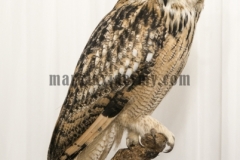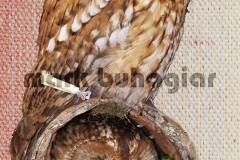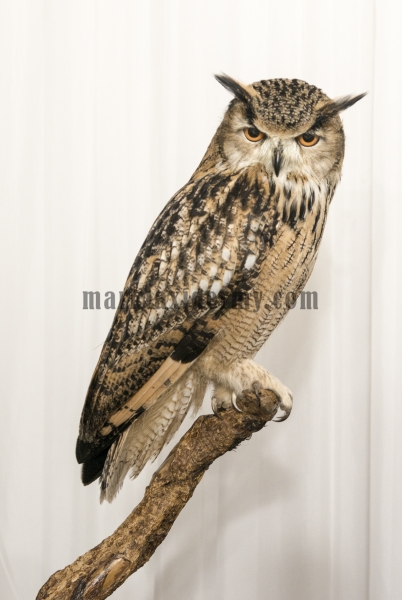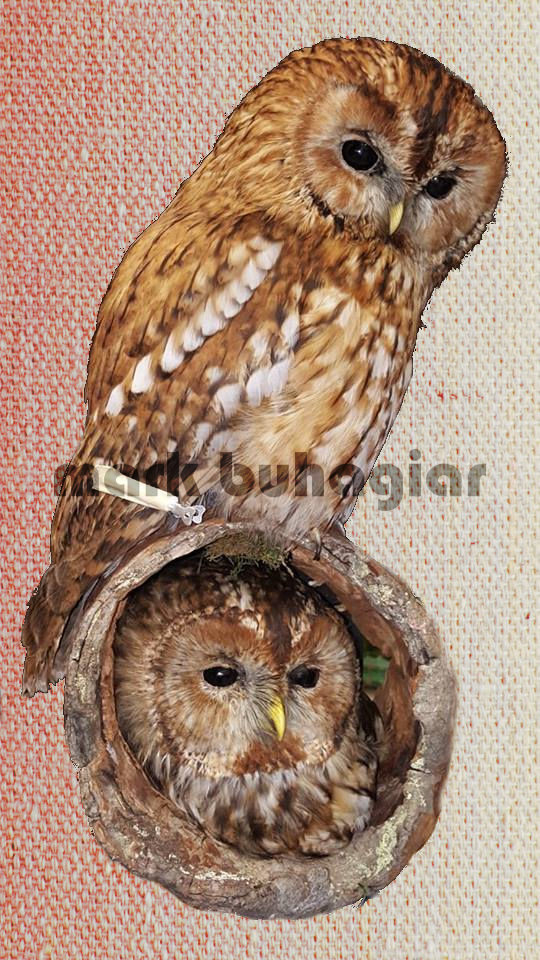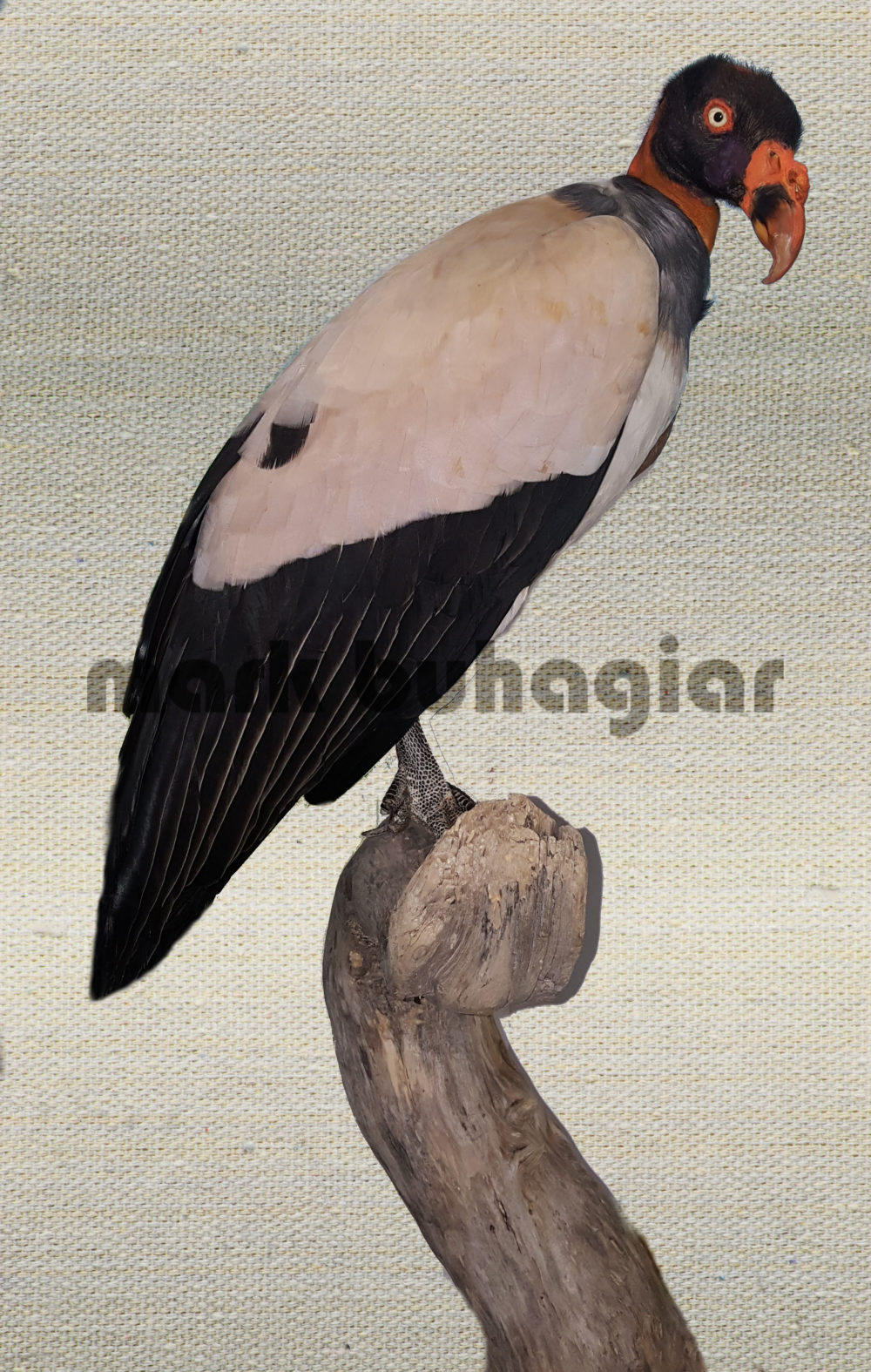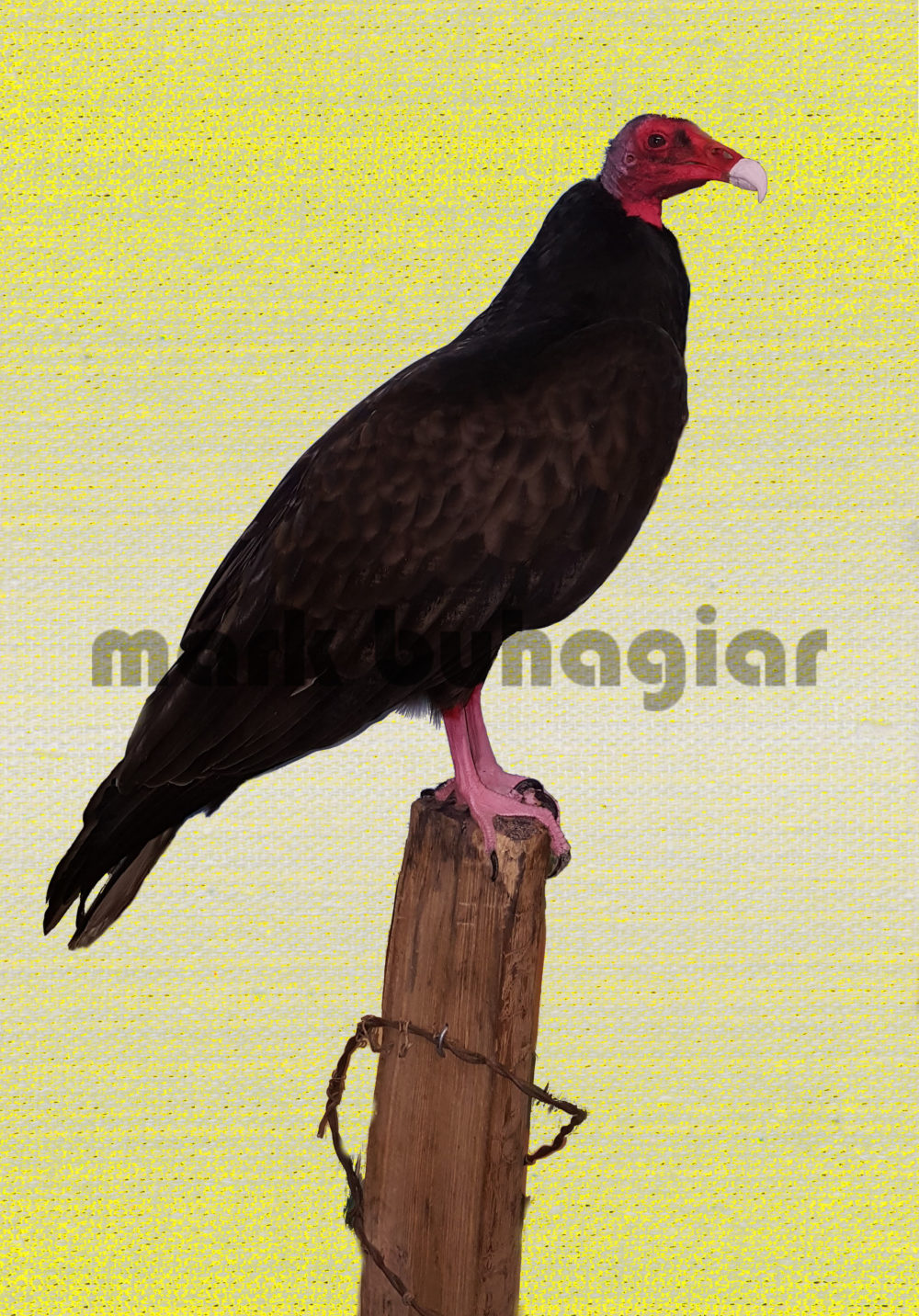Birds of prey, also known as raptors, hunt and feed on other animals. The term “raptor” is derived from the Latin word rapere (meaning to seize or take by force). These birds are characterized by keen vision that allows them to detect prey during flight and powerful talons and beaks.
Many species of birds may be considered partly or exclusively predatory. However, in ornithology, the term “bird of prey” applies only to birds of the families listed below. Taken literally, the term “bird of prey” has a wide meaning that includes many birds that hunt and feed on animals and also birds that eat very small insects. In ornithology, the definition for “bird of prey” has a narrower meaning: birds that have very good eyesight for finding food, strong feet for holding food, and a strong curved beak for tearing flesh. Most birds of prey also have strong curved talons for catching or killing prey. An example of this difference in definition, the narrower definition excludes storks and gulls, which can eat quite large fish, partly because these birds catch and kill prey entirely with their beaks, and similarly bird-eatingskuas, fish-eating penguins, and vertebrate-eating kookaburras are excluded. Birds of prey generally prey on vertebrates, which are usually quite large relative to the size of the bird. Most also eat carrion, at least occasionally, and vultures and condors eat carrion as their main food source. Many raptor species are considered apex predators. Most birds of prey are avivores that feed on other birds. (With the exception on scavengers and osprey.) Avian avivores are beneficial to humans due to prey on Avian pests and rabbits that are harmful pest to humans. Wikipedia.
